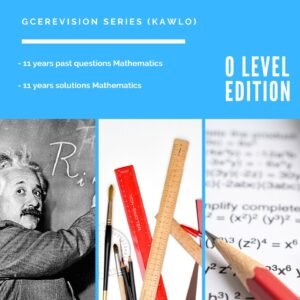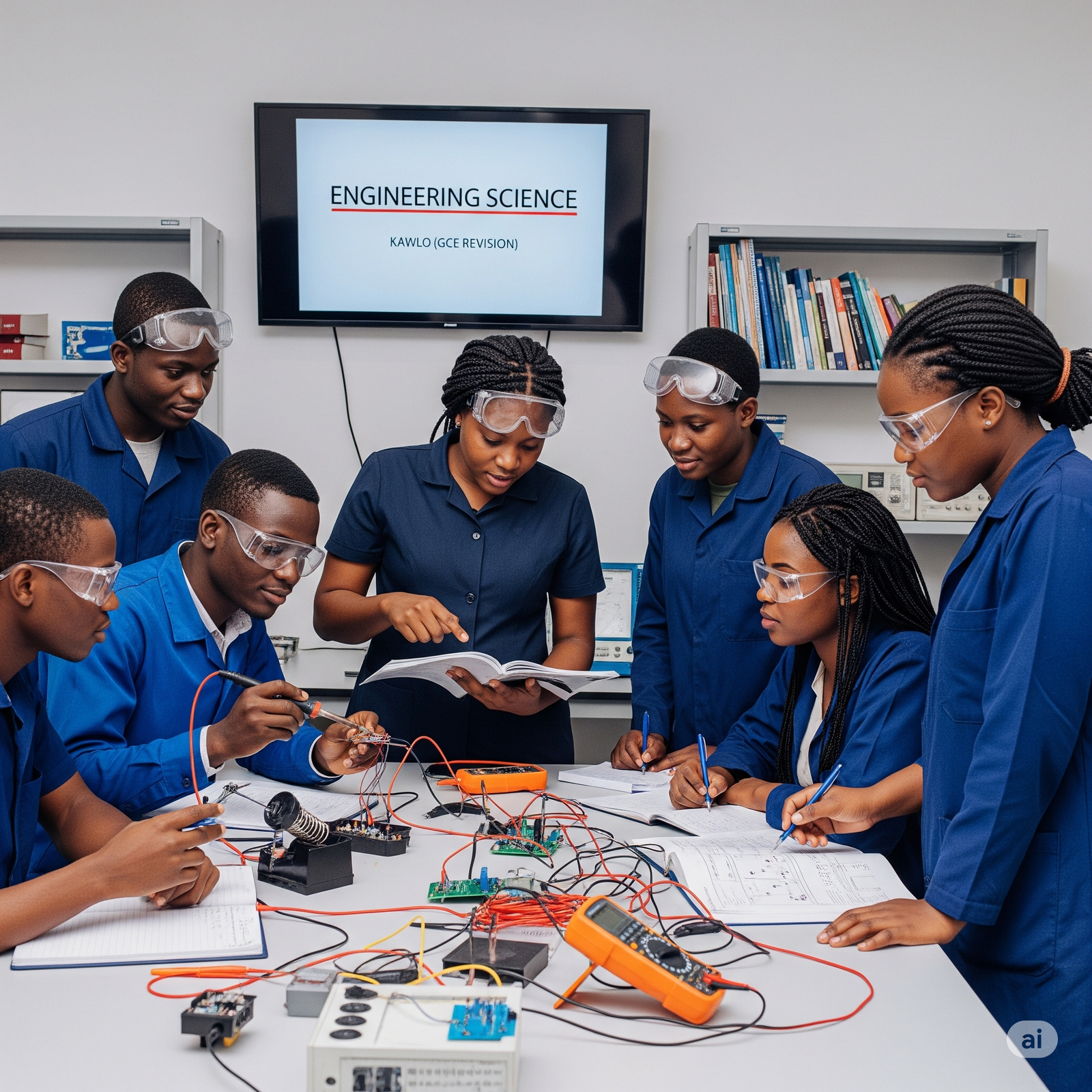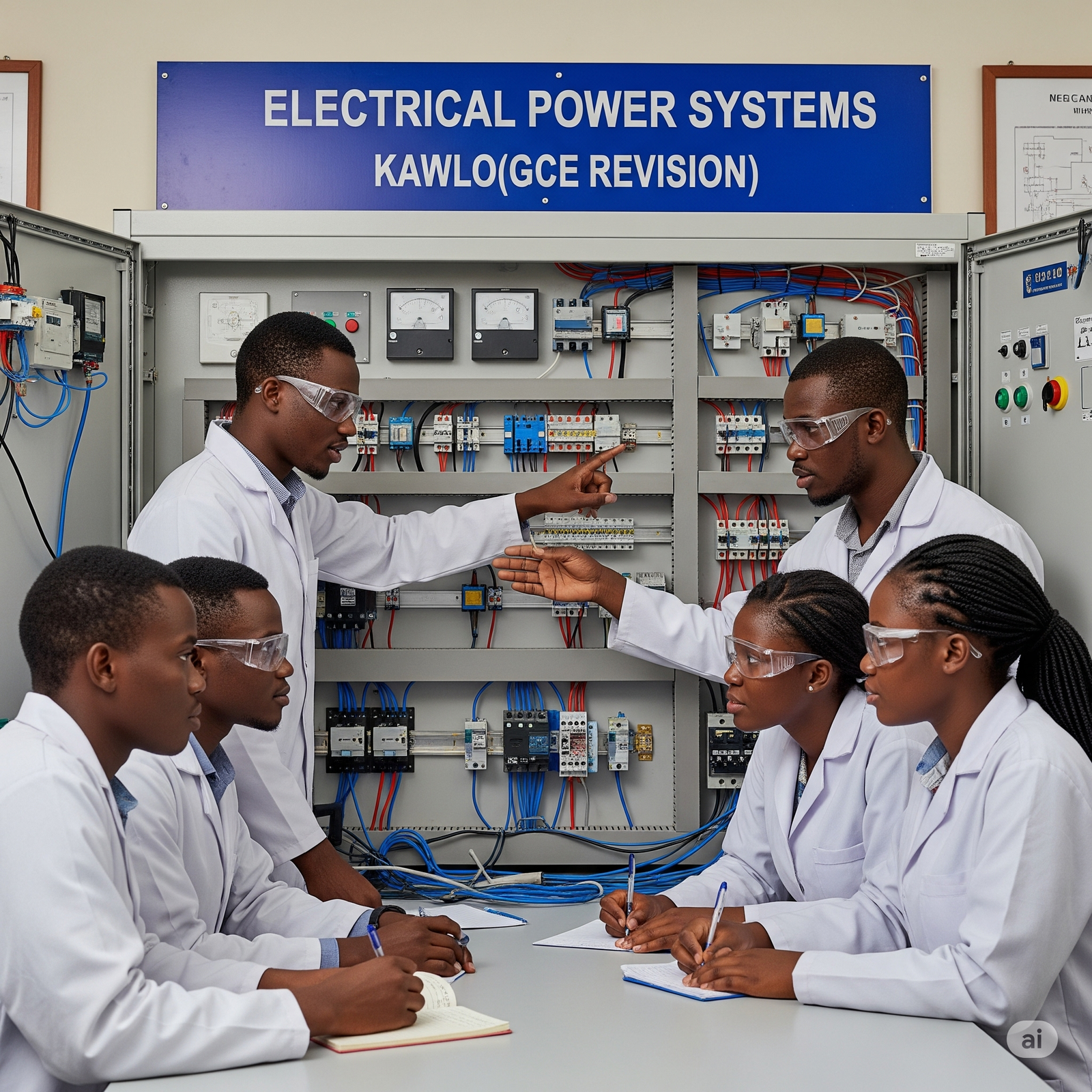cameroon gce june 2007 math meach Paper 2
To DOWNLOAD CAMEROON GCE JUNE 2007 math meach Paper 2 click on the link below
June 2007
1.) The position vector of a particle A of mass 4kg at time t seconds is given by r = [cos wti + sin wtj]m.
Where w is a constant. Find, at time t seconds,
The velocity and acceleration vectors of A,
The angle between the position vector and acceleration vector of A,
The magnitude of the force on A.
Show that the velocity vector of A is always perpendicular to its acceleration vector.
Another particle, B, has velocity v where v = [sin wti — 3 cos wt j] ms-1. Find the velocity of A relative
to B when t = π/2w
i) ABCD is a uniform square board of side 8cm, a circular portion of radius 2cm whose centre is at a
distance of 3cm from AB and 3cm from BC, is removed from the board. Find the distance of the centre of
gravity of the remaining portion from DC and from AD, given your answer to one decimal point
ii) A particle of mass 10kg rest on a rough horizontal table. The coefficient of friction between the particleand the table is ½ . The particle is attached to a light inextensible string which passes through a small smooth hole on the table and carries a particle of mass 4kg at it free end. When the particle of mass is describing a horizontal circle at a uniform speed of 8cms-1 below the table, the particle on the table is in
limiting equilibrium. Find the radius of the circle and the length of the string below the table.
A particle is projected from a point of height 3h meters above a horizontal playground. The direction of
projection makes an angle a with the horizontal through the point of projection. Show that if the greatest
height reached above the point of projection is h meters, the horizontal distance travelled by the particle
before striking the plane is 6hcota meters. Find the vertical component of the speed of the particle just
before it hits the playground.
4. i) A car starts from rest at a point A and travels to another point B with uniform acceleration λms-2. It
then travel from B to C at a constant speed. At C the breakes are applied and the motion is uniformly
retarded at ½ λms-2. If the total distance travel is 2860m and the total time taken is 330s, find the time
taken from B to C.
ii) A particle of mass m falls under gravity through a medium whose resistance to motion is (K + 1)v,
where vms-1 is the velocity of the particle at time t seconds. Show that the velocity approaches a
limiting value of (mg )/█(k+1@) ms-1
4.
i) A uniform beam of length 12m and mass 50kg has a particle of mass 30kg and 40kg suspended at the
end A and B respectively. Find the distance, from B, of the point at which the beam must be supported for
it to rest horizontally in equilibrium.
ii) One end of a uniform ladder of length 2a m and weight W N, rest against a rough vertical wall and the
other end rest against a rough horizontal floor. The coefficient of friction between the ladder and the wall
and between the ladder and the floor is µ. Find in terms of µ the tangent of the angle which the ladder
makes with the floor when it is in limiting equilibrium.
5.
i) The force F, where F = (3i + 4j)N, act at the point with position vector (2i — 5j)m. Find the
magnitude of the moment of F, G about the origin.
ii) A man sees a bus 120m away starting from rest with a constant acceleration. He then runs to catch the
bus with constant speed ums-1 along the same straight road as the bus. Given that the bus attains a
speed of ums-1 in 723 seconds and that the man catches up with it at that instant, determine the value
of u and the acceleration of the bus to two decimal point.
7. A smooth sphere of mass 30 kg moving in a straight line at 24ms-1 impinges directly with another sphere
of mass 9kg moving in the same direction at 10ms_1. The speed of the 30kg sphere is 18ms-1 after
impact. The coefficient of restitution between the spheres is e. Find
The speed of the 9kg sphere after impact,
The change in kinetic energy experience by each spheres after impact,
The percentage K.E lost due to the impact
The value of e.
8. Two bags A and B contain 8 balls each. Bag A contains 5red balls and 3 white balls while bag B contains 2
red balls and 6 white balls. One of the bag is chosen at random and two balls are drawn at random from it
one after the other without replacement. Calculate the probability that
One ball of each color will be drawn,
No red ball will be drawn,
At least one white ball will be drawn
Given that two white balls are drawn, calculate the probability that they come from bag A.
















